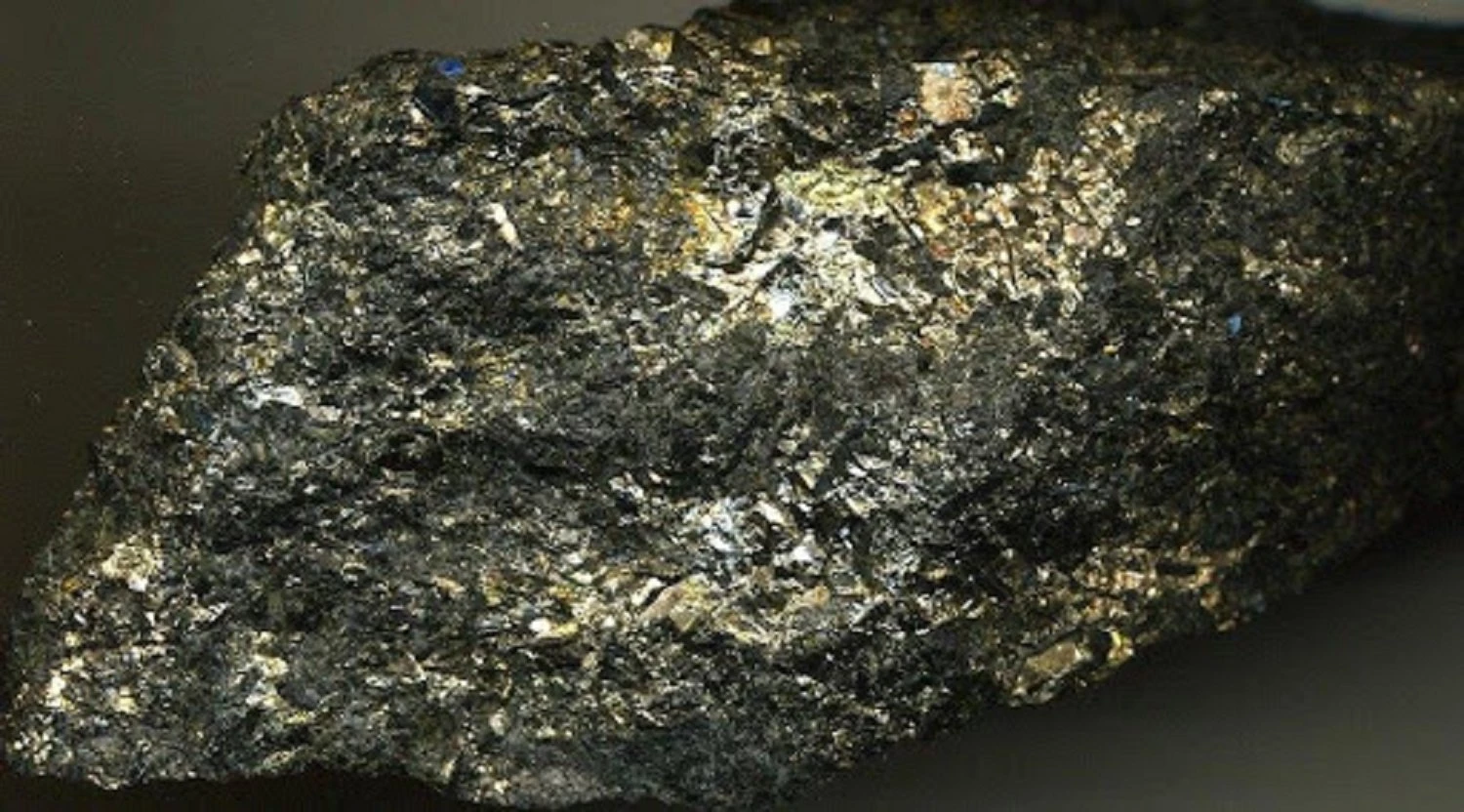Projections From the Global Demand for Nickel

Nickel prices in May 2021 increased 44% year-on-year from $ 12,179 per ton to $ 17,577. Nickel prices have shown strong cyclical growth since the 13-year low in February 2016 as the global demand for nickel kicks in.
Major international organizations have produced the following forecasts on the cost of nickel. The World Bank predicts that nickel prices will fall to a low of $ 16,000 per ton in 2022 in the Commodity Forecast Report, but the average nickel spot price is expected to be. It will continue to increase slightly after the revision, reaching $ 18,000 per ton by the end of the year. The International Monetary Fund’s (IMF) Metal Costs, Insurance and Freight (CIF) report reveals an expected increase in the cost of nickel from $ 18,000 per ton in 2021 to $ 19,000 in 2026. IMF experts expect that the CIF price of nickel will rise as the total metal price index falls. Meanwhile Industry Innovation and Science Australia (IISA) predicts a nickel shortage after 2022 as nickel production faces challenges brought about by access to resources; this is expected to affect global demand for nickel as well as the bottom line of any nickel mining company.
Nickel prices have been volatile in recent years and have experienced significant rises and falls. Nickel hit a record high in 2007, with the cost of nickel reaching $ 53,750 per ton. In comparison, prices in 2016 fell by a whopping 82%. Reuters reported on the reason for this sharp decline, explaining that nickel prices fell 40% between 2015 and 2016 solely due to higher inventories and sluggish demand for nickel in China. The nickel market recovered in 2016 and 2017 after a considerable period of 2015. The market has been stable since 2016, when global demand for nickel significantly exceeded supply and nickel production capacity in 2017. This stabilization is primarily due to environmental measures in the stainless steel sector and China's NPI production, which accounts for an estimated 50% of global consumption.
The combination of a major supply closure (more than 200,000 tonnes) and a steady recovery in global demand for nickel has resulted in an extraordinary recovery in the nickel production market from 2016 to 2019, with prices sometimes doubling from lows. From 2018 to 2020, the nickel market will continue to be raging, according to the economic data provided by FRED. The market has skyrocketed since April 2020.
Nickel supply has gradually increased over the last three to four years. According to Statista.com, the world's nickel production supply in 2020 was about 2.53 million metric tons. Global nickel supply is projected to increase to approximately 3.24 million metric tons in 2022.
The United States Geological Survey (USGS) has produced a report showing that worldwide nickel production was estimated at 2.5 million tonnes in 2020. Indonesia was the top nickel mining company with 760,000 tonnes, or 30.4% of the world's mining production. Canada ranks 6th with 6.7% of the world total. In January 2019, the report noted that the Vale mine in Central Sulawesi, Indonesia, has begun a project to use nickel for battery material suppliers. According to the USGS, various suspension facilities and postponed development projects have begun operations in anticipation of increased nickel production demand for lithium-ion electric vehicle (EV) batteries, boosting global demand for nickel. According to a report produced by Reuters, global consumption of electric vehicles and battery material suppliers will increase demand for nickel throughout 2022.
The expanding market for nickel-cobalt-aluminum batteries from battery material suppliers, which account for about 10% of total nickel demand, will play a central role in the global energy transition. Reuters also states that EV sales in core markets such as China, Europe and the United States increased by about 130% year-on-year to over 3 million units in 2021. Swiss international bank UBS said in a Reuters report that it had recently upgraded its EV forecast for China, predicting global EV sales to rise 60% year-on-year to around 4 million units in 2022. Nickel, which is used in stainless steel, is also responsible for an increase of about 11% in 2022 after rising 25% in 2021 and 18% in 2020. Rather, battery-grade nickel requires high-grade sulfide deposits, to which nickel mining companies have severely restricted access worldwide.
Especially for high-grade nickel sulfide, these already apparent supply constraints have led to significant growth in demand. Cost of nickel rebounded in 2021 and hit record highs for the first time in years as many industries recovered from the impact of Covid and the introduction of new metal-intensive green technologies. There is disagreement over whether nickel prices will remain high in 2022 or whether they will collapse from their initial surplus in response to the resumption of steel production in China and Indonesia.
However, the consensus on nickel price forecasts correlates with the global demand for nickel, the increased demand for electric vehicles, and coupled with the potential for supply disruptions from major nickel-producing regions, primarily as Southeast Asia is expected to meet global demand. Nickel mining company Hallmark Mining Corporation is poised to meet this global demand for nickel; to find out more, visit our website.
Sources: The Assay, Knoema